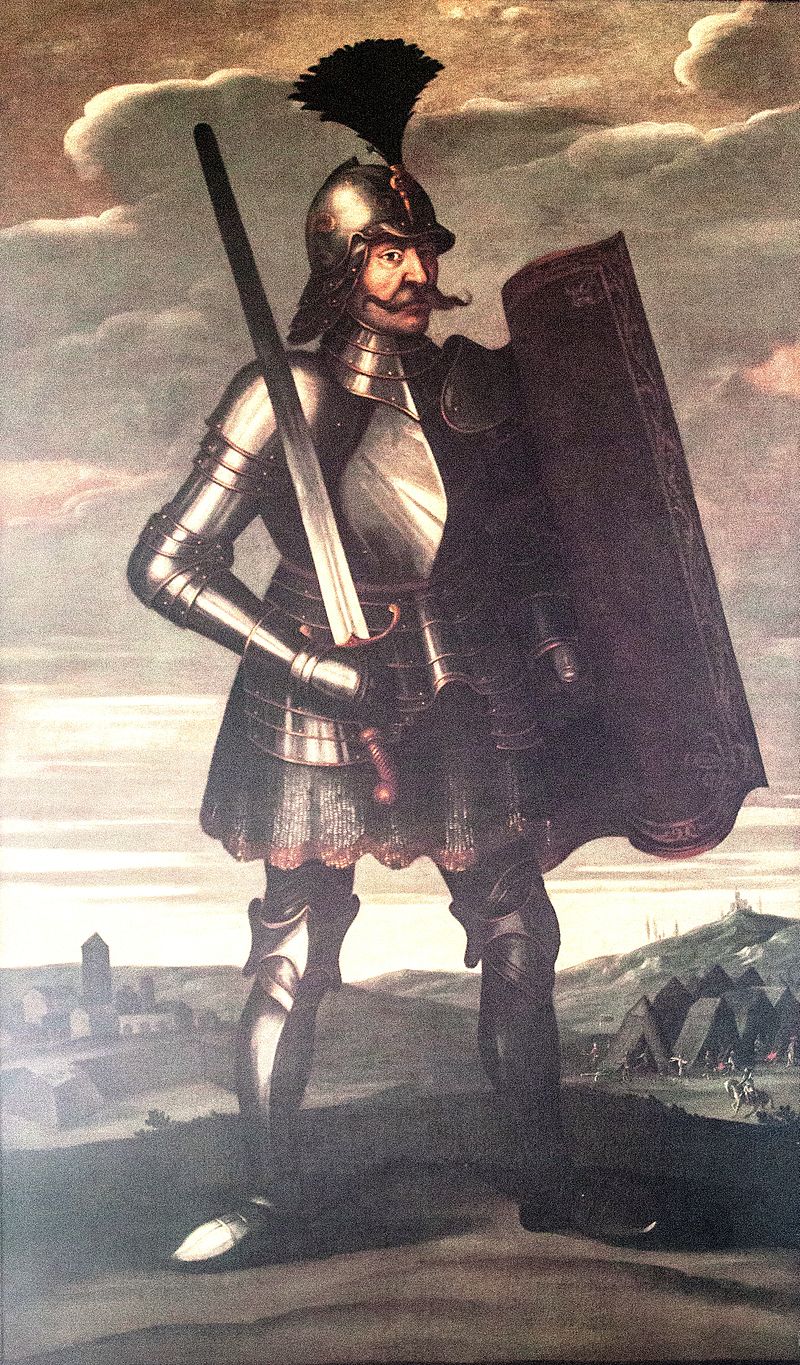
The Crusades are typically bookended between Pope Urban II’s call to reclaim the Holy Land in 1095 and the fall of Acre and the Latin Kingdom of Jerusalem in 1291. But two of the most notable religious figures of the 1400s—Pope Pius II and John of Capistrano—show that the lines between these periods were considerably blurred. Take the example of Pope Pius II’s famous 1461 letter to Ottoman Sultan Mehmet II, which he wrote following the fall of Constantinople to the Ottoman Turks. The humanist scholar-turned-pope called on Mehmet to convert to Christianity.
Yet behind his back Pope Pius denigrated Mehmet as barbarous due to the same Asiatic pedigree and for destroying classical Greek civilization. He simultaneously worked furiously to promote a crusade against the Ottomans. This fifteenth-century project did not come to pass, but scholars in the last two decades have shown that there was no reason to see a discrepancy between Renaissance intellectualism and Holy War. In fact, Pope Nicholas V issued a papal bull on September 30, 1453 (four months after the Ottoman conquest of Constantinople) to urge Christian rulers to launch a crusade to save Constantinople and restore the fallen Byzantine Empire. They were called to shed their blood and the blood for their subjects and provide a tithe of their revenue for the project.
No such crusade was launched that year, but the call launched a final period of European crusading fervor that lasted until the end of the fifteenth century, what many historians consider an end point for the Middle Ages
Cite This Article
"Common Knowledge About The Middle Ages That Is Incorrect, Part 5: Crusades In The Renaissance" History on the Net© 2000-2024, Salem Media.
July 27, 2024 <https://www.historyonthenet.com/common-knowledge-middle-ages-incorrect-part-5-crusades-renaissance>
More Citation Information.





